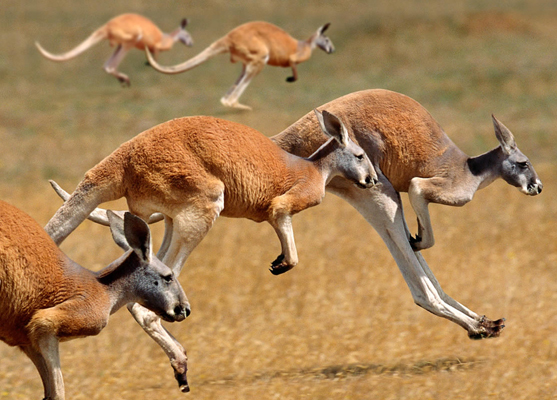Kangaroo tendon to disrupt orthopaedic ligament market: world first
Manufacturing new and uniquely Australian bone and ligament materials
The University of Sydney and three industry partners plan to disrupt the billion-dollar orthopaedic ligament-replacement market with new and uniquely Australian bone and ligament materials.
Funded with $2.4 million cash invested by Allegra Orthopaedics, Bone Ligament Tendon (BLT) Pty Ltd and the Innovative Manufacturing CRC Limited (IMCRC), the medical and manufacturing project targets the need for better materials than current ligament graft and bone-fixation solutions.
Over the next three years, the project led by orthopaedic surgeon and head of BLT, Dr Nick Hartnell, will lab-test two pre-clinical projects in tandem, with the intent to create a global supply opportunity through Australian medical and manufacturing innovation.
In a world-first, researchers will test the efficacy of kangaroo tendons for eventual use in knee, ankle and shoulder ligament-replacement procedures. Early proof of concept testing has shown kangaroo tendon is six times stronger than human cruciate ligament.
The second element is to manufacture and test the viability of 3D-printed biodegradable screws made from a ceramic material (Sr-HT-Gahnite) to fix kangaroo tendon to bone in patient ligament-repair procedures.
Together, the ligament and bone-fixing projects will bring a unique Australian solution to a global ligament and tendon repair market estimated at $10bn annually.
As an indication of the size and challenges inherent in this market, some 15,000 primary anterior cruciate ligament (ACL) knee reconstructions are done annually in Australia.
Unique global opportunity
In the context of manufacturing innovation, David Chuter, CEO and Managing Director of the IMCRC, stated
“The delivery of the kangaroo xenograft with unique 3D printed screws as an off-the-shelf product would be a world-first breakthrough in the global orthopaedic medical device industry – developed and manufactured in Australia, using home grown materials and know-how.”

